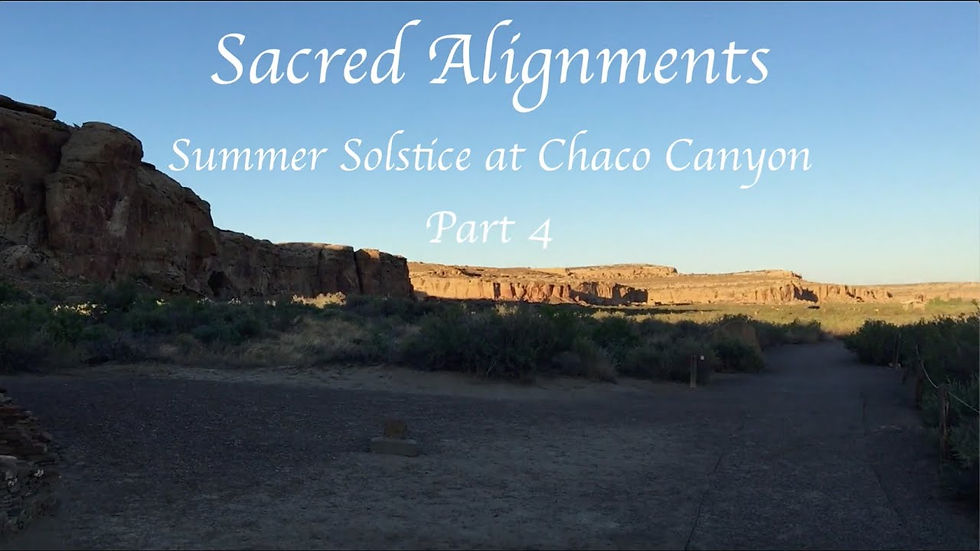The Lost Sun Towers of Cusco
- Beyond the Range

- Feb 22, 2023
- 3 min read
Most visitors to Cusco, Peru, are aware that the Inca studied and worshipped the cosmos. For those who stroll about the historic Plaza de Armas, it’s practically common knowledge that, five hundred years ago, Inca priests predicted astronomical events with great precision, and that their engineers built temples and roads that aligned perfectly with these phenomena. But one feat of Inca astronomy and engineering that’s perhaps less well known is the sun towers that may have once marked such cosmic events from atop the ridges surrounding Cusco.
According to Spanish accounts from the 1500s, as many as 16 of
these towers once ringed the mountain ridges overlooking the city. If true, they were probably built to mark the rising or setting of the sun on certain occasions such as solstices, equinoxes, and zeniths. Likely constructed of stone, they are alleged to have stood three times the height of a man and been visible up to 10 miles away.
Some evidence suggests these towers were constructed in pairs, with each tower separated by a distance of 50 feet. If true, this spacing may have provided a 3- to 4-day window of time, and perhaps marked the duration of a festival that celebrated a particular astronomical event.

(Above) Machu Picchu's intihuatana ("hitching post of the sun").
Did Cusco's sun towers look like this?
Of course, the usefulness of these towers for measuring cosmic events would have depended on the location of the observer. Where did the Sapa Inca and his priests gather to witness these occasions? Some historians believe this viewing platform was the Plaza de Armas (known as the Great Inca Square, or Huacaypata, in pre-Spanish times), where chicha or water from Lake Titicaca was poured into channels that ran to the Coricancha. Others assert that the actual location was the Coricancha itself, and that the rays of the rising solstice sun or full moon would have shone directly into the temple’s corridors to be reflected off hanging sheets of gold or silver. Either way, the towers would have been worshipped as huacas, or sacred sites, by the Inca.
In any case, no physical evidence of the towers seems to remain, and any memory of their exact locations was forgotten centuries ago (Bartolomé de Segovia recorded the date of the last official Inca solstice celebration as 1535). The Spaniards viewed such sites as instruments of devil worship, and immediately set about destroying all vestiges of the indigenous “pagan” religion. What survived were stones too large to remove, as well as smaller sites whose existence could be kept secret by locals.
During my visit to the plaza, I used a compass to ascertain the possible location of the pillars that would have marked the June solstice. One of the Incas’ most important festivals was Inti Raymi, a celebration of the winter solstice or “shortest” day in Peru (and start of the planting season). Between June 20-22, the sun rises at an azimuth of roughly 65 degrees (I have been unable to establish from books or internet sources exactly what this angle is, as viewed from Cusco). Using my compass, I was surprised to see that the path of this azimuth (from my location in the plaza) follows Calle Hatunrumayoc to the northeast. This street was the location of Inca Roca’s palace, including the now famous 12-angle-stone. Was it built intentionally to parallel the rising June solstice sun? (This is demonstrated in the video embedded in this post).
As with so many other aspects of Inca civilization, our knowledge of the lost sun towers of Cusco is dependent upon studying legends and ruins, and making best guesses about their meanings. Next time I visit Cusco, I hope to explore the hills around town for clues about these lost pillars. In the meantime, I’ll have to settle for the knowledge that I may have once stood where the Sapa Inca did – enjoying his view on the most important day in the Inca world!
Originally published 2/07/2018 here. ©Beyond the Range All rights reserved. Feel free to republish so long as credit is given.








Comments